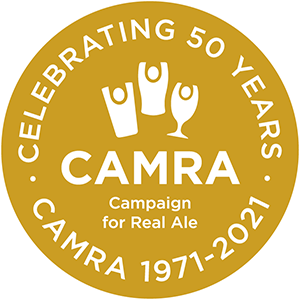Cittie Of Yorke
Greater London Central - London
Three star - A pub interior of outstanding national historic importance
Listed Status: II
22 High HolbornLondon, Holborn
WC1V 6BN
Tel: (020) 7242 7670
Facebook https://www.facebook.com/143708738978540
Real Ale: Yes
Lunchtime Meals: Yes
Evening Meals: Yes
Nearby Station: Farringdon
Station Distance: 600m
Public Transport: Near Railway Station (Farringdon) and Bus Stop
Bus: Yes
View on: Whatpub
But what really counts is the long bar at the back which seeks to rediscover the atmosphere of the great English timber halls. This amazing room is unlike any other in a British pub. The roof is high-pitched and open, and at either end, at first floor level, are glazed-in upper rooms from which you might imagine the lord of the manor might keep an eye on the proceedings below. In fact the room at the far end is, less romantically, part of the manager's flat!
On the right-hand side is a resplendent three-bay arcade with clerestory windows above. Beyond is an aisle is filled with seven small carrels which serve as drinking booths (there are three more at the rear left); such features are to say the least rare in traditional English pubs (but similar to the compartments which are prominent in historic Northern Irish pubs). On the left-hand side the dominant feature is a formidable array of casks, some of enormous side and evidently of some antiquity (as are the cast-iron columns supporting the shelving). A high-level walkway stretches the length of the room. Splendid triangular stove with a flue escaping under the floor.
The direct connection to the front room is a modern addition - this room has painted roundels of famous figures from history and did have a modern bar counter until it was removed in 2010. The brick cellars from the previous building form the Cellar Bar, but this is only open when food is served so is closed in the afternoons and after 9pm. The special character of this pub is reflected in its being grade II listed. Closed Sunday.
 Pub Heritage
Pub Heritage 